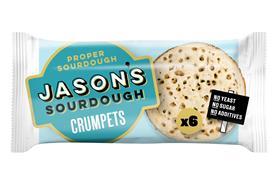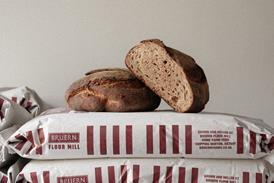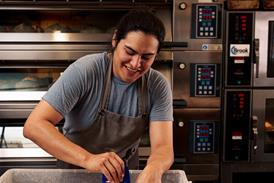Handling confectionery in an era of healthy food

Understanding the tastes of modern consumers means prioritising natural, quality ingredients without additives, dyes or preservatives. Cesarin looks at how new methodologies can preserve the authenticity of fruit and vegetable flavours to produce sweet and savoury baked goods.
To continue reading, register for free
You are what you read, registration is quick, easy and free. Just click register now and you’ll be finished faster than it takes you to butter a crumpet!
Don’t miss out:
- Unlimited access to content
- Regular newsletters to your inbox
- Save articles to read later on
- A more personalised experience
Already registered? Please log-in here


















